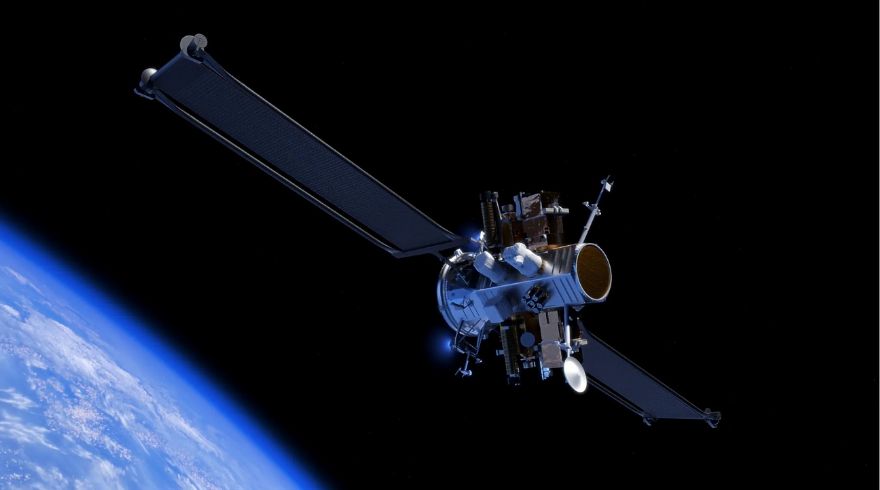 Photo: Blue OriginNASA
Photo: Blue OriginNASA has selected six companies to produce studies focused on lower-cost ways to launch and deliver spacecraft of various sizes and forms to multiple, difficult-to-reach orbits. The firm-fixed-price awards comprise nine studies with a maximum total value of approximately $1.4 million, with the awardees being: Arrow Science and Technology, Texas; Blue Origin, Florida; Firefly Aerospace Inc, Texas; Impulse Space Inc, California; Rocket Lab, California; and United Launch Services, Colorado.
Joe Dant, from the Launch Services Programme at NASA’s Kennedy Space Centre in Florida, said: “With the increasing maturity of commercial space delivery capabilities, we’re asking companies to demonstrate how they can meet NASA’s need for multi-spacecraft and multi-orbit delivery to difficult-to-reach orbits beyond current launch service offerings. This work will increase unique science capability and lower the agency’s overall mission costs.”
Arrow will partner with Quantum Space for its study based on Quantum’s Ranger providing payload delivery service as a multi-mission spacecraft engineered to enable multi-destination delivery for missions from low Earth orbit to lunar orbit.
hHigh-mobility space platformBlue Origin will produce two studies; the first on a large high-mobility space platform with an ability to reach geostationary, cislunar, Mars, and interplanetary destinations; the second is a New Glenn (heavy-lift launch vehicle) upper stage study.
Firefly will study the use of its Elytra Dark to serve as a transfer vehicle and enable ongoing operations in lunar orbit for more than five years, while Impulse Space will produce two studies based on its Mira and Helios: Mira for payload hosting, and Helios for delivering payloads from low-Earth to medium-Earth orbits, geostationary orbits — and beyond.
Rocket Lab’s two studies will feature the upper stage of the company’s Neutron rocket, as well as a long-life orbital transfer vehicle based on its Explorer spacecraft. The studies will be complete by mid-September, and NASA will use the findings ‘to inform mission design, planning, and commercial launch acquisition strategies for risk-tolerant payloads, with a possibility of expanding delivery services to larger-size payloads and to less risk-tolerant missions in the future’.
More information about NASA’s Launch Services Programme can be found at the website
here.